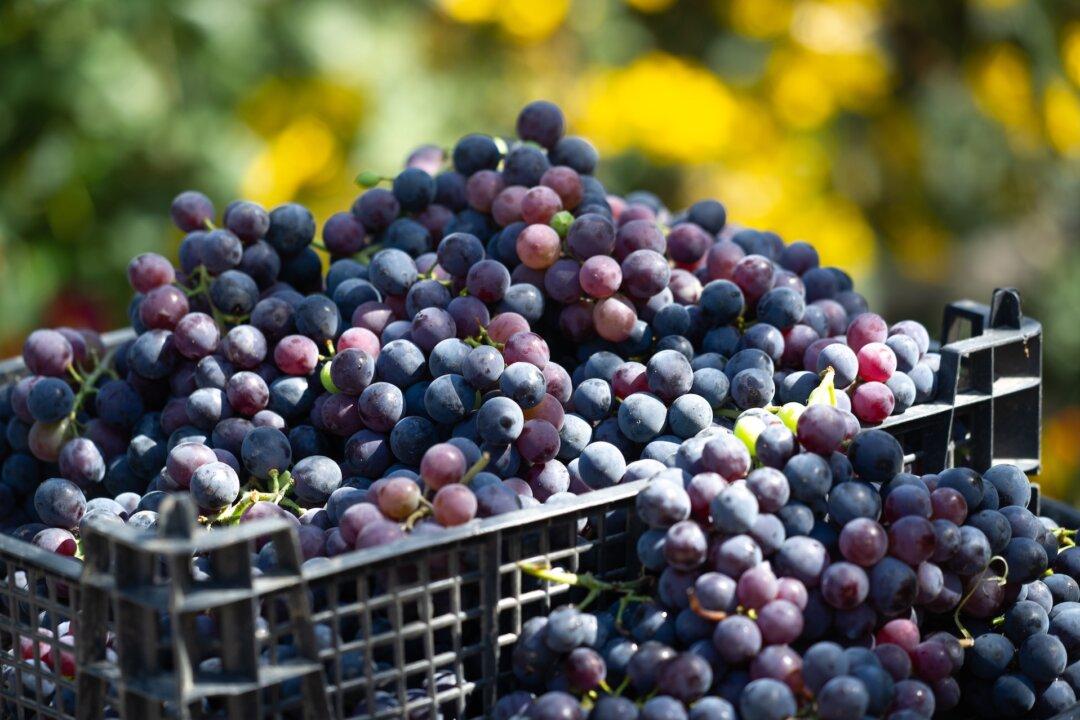And now the craziness begins.
The 2024 harvest in the Northern Hemisphere commences about the time you are reading this—and it is a time for people who love wine to steer clear of any winery.

And now the craziness begins.
The 2024 harvest in the Northern Hemisphere commences about the time you are reading this—and it is a time for people who love wine to steer clear of any winery.